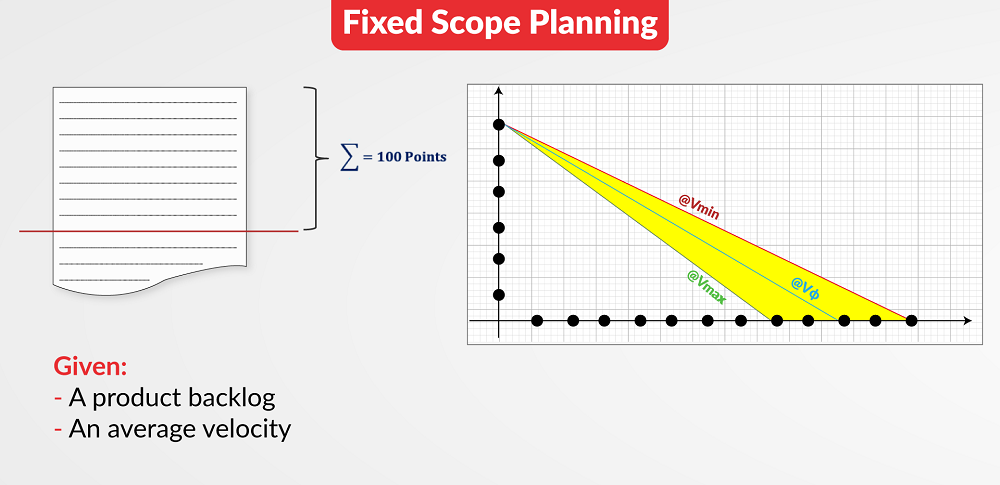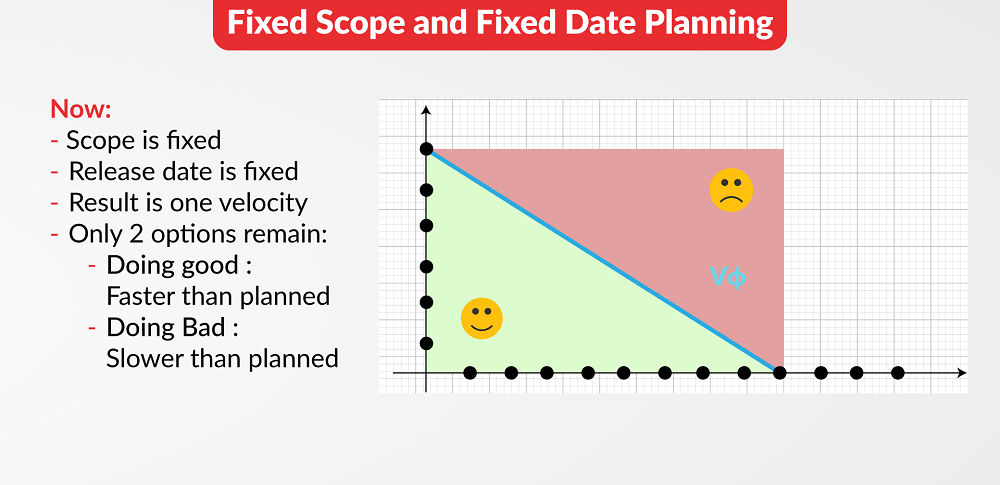This website uses cookies. By continuing to browse the site, you are agreeing to our use of cookies
Agile DevOps Part 2 – What is Release Planning?
Cloud
September 3, 2019
Introduction
Welcome to the world of Agile DevOps!
In this blog, we will discuss in detail about release planning and why it is important to ensure systematic and prioritized releases.
Release planning is a kind of guideline that aligns to expectations of product owner and key stakeholders regarding which product or project features will be implemented and by when. Release plan serves as a base to monitor product/project development progress. This blog also covers some vital experiences from product owner certifications.
What is Release Planning?
Release planning gives stakeholders an idea about:
- When will certain amount of user stories be delivered? (OR)
- How many user stories/ features will be delivered at a fixed date? (OR)
- Having a release with a fixed scope that needs to be delivered by certain deadline
Release planning is an on-going activity during a project and every release planning starts with a kick-off meeting. It is the product owner who is responsible for release planning and is supposed to initiate kick-off meeting. The meeting should be scheduled before the completion of current release or at the start of the project. The purpose of this meeting is to identify initial potential list of feature and stories for inclusion in the upcoming/ next release. All key stakeholders should participate in the meeting. As a part of the meeting, product backlog will be reviewed, and a set of features and stories will be selected for story elaboration and documentation based on their priorities. At the end of the meeting, product owner will publish minutes of the meeting and enter stories into ALM that that will move on to story elaboration and documentation.
Inputs for Release Planning
Like any other planning, release planning, too, requires specific inputs based on which a feasible release plan can be drafted. These inputs need to come from various levels and at varied intervals. Following are some of the levels at which inputs need to be gathered:
- Daily inputs from the development team based on their progress on completing the committed features and any impediments that can affect the release
- Inputs after every sprint from Product Owner (PO) and the development team regarding how many features were completed in the current closed sprint and what are the committed features for next sprint
- Inputs after every release cycle from PO and the development team regarding how many features were targeted for current release and how many of them are deployed after completion of the release cycle
- During product evolution, PO, product managers and executives should evaluate progress of the product v/s the product vision and provide inputs for release planning
Guiding Factors for Release Plan
- Continuous inspection, adaption and evidence about team velocity will allow product owner to do realistic planning based on facts about ongoing sprints
- Inspect progress by using release burndown charts for visualizing remaining efforts across each release
- Capacity planning can help PO to understand workload in sprints. This can be used to verify release plans based on team capacity and planned efforts along with velocity-based planning. It is also helpful in sprint planning.
- Use release burnup chart to identify overall relation and performance:
- Red area covers product backlog, total scope including scope in individual sprints
- Yellow area covers finished and not delivered stories
- Green area covers delivered stories
- Goal is to eliminate red and yellow areas
Types of Popular Release Planning methods



Conclusion
Release planning is an important agile event and is a primary responsibility of product owner. Release planning, if not done properly, can derail the entire product/project development. It is the product owner’s skill to utilize the inputs from all the stakeholders and keep release planning alive.
Author Info
Suhas Hanumantrao Mali, Sr. Consultant – PMP, CSM, CSPO, SAFe Agilist – has 19 years of IT experience out of which majority of experience is in Project Management and Agile Coaching. Author has coached 1000+ Consultants in Hexaware and at Client locations, experienced in leading Enterprise Agile Transformations and Technology Migrations, experienced in coaching Business Teams, Product Owners, Scrum Masters and Development teams in Lean and Agile Frameworks.
About the Author

Suhas Mali
Read more
Related Blogs

Understanding Snowflake Cortex for Gen AI Applications with Sensitive Data
- Generative AI
- Cloud
- Data & Analytics

Ready to Pursue Opportunity?
Every outcome starts with a conversation
















